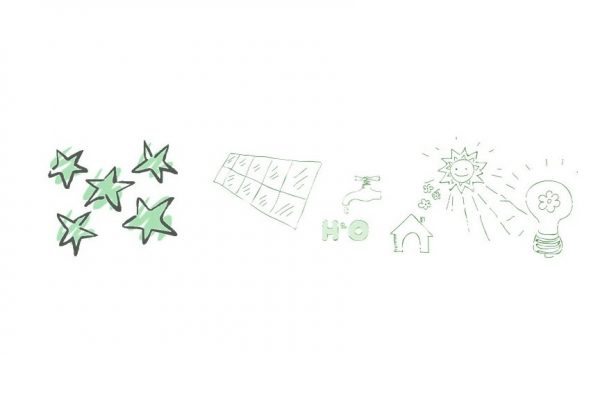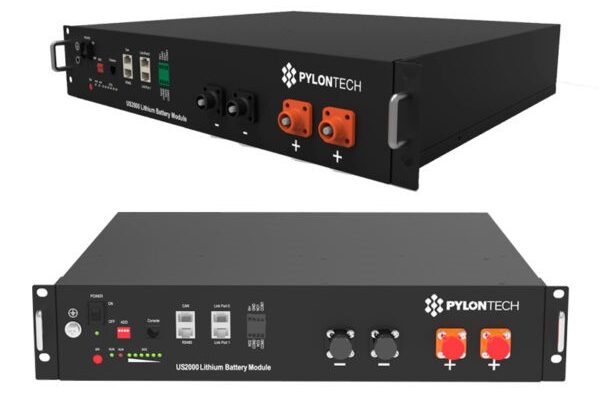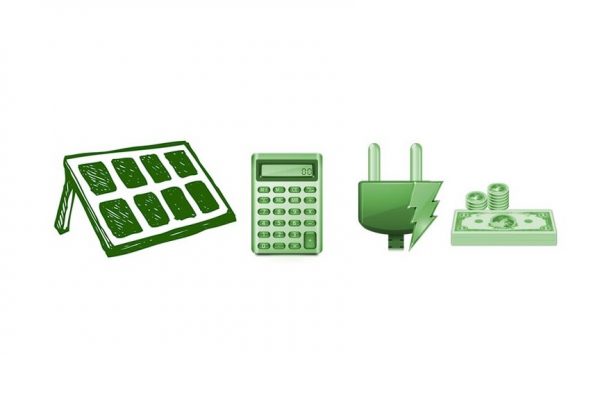What does Fronius have to offer compared to other brands?
The Austrian company Fronius is known for its welding products and solar technology, the latter being its best-known division in recent decades.
Solar energy:
- High Quality Solar Inverters: Fronius is known for manufacturing high quality solar inverters that are used in photovoltaic systems to convert solar energy into usable electricity in all types of grids.
- Monitoring and management: Fronius’ advanced monitoring systems allow solar system owners to monitor the performance of their installations in real time. This can help identify and solve problems.
- Compatibility and integration: Fronius inverters are typically compatible with a wide range of energy storage systems and smart technologies, making it easy to integrate with other elements of the solar system.
- Technical Support: Fronius customer service and technical support is of the highest quality, which can be essential to resolve problems quickly and keep systems running optimally.
It is recommended to review the latest updates and compare current specifications and features of Fronius products with other brands in the market.
What is the difference between a Fronius Primo inverter and a Fronius Symo inverter?
The Fronius Primo and Symo solar inverters are similar, but are intended for different types of PV systems. Below are some of the features of each:
- Residential Applications: The Fronius Primo was developed primarily for residential PV systems. For homes and small businesses that want to generate their own electricity from solar panels, this is the way to go.
- Single-phase technology: The Primo is designed for single-phase systems, making it a single-phase inverter. Homes and small businesses commonly have single-phase installations.
- Power Optimisation: Some Fronius Primo models can optimise the power output of each solar panel individually, which improves overall system performance and is very useful in residential systems.
- Integrated Monitoring: The Primo often comes with integrated monitoring capabilities, allowing homeowners to easily monitor the performance of their solar system and detect problems.
- Commercial and large installation applications: the Fronius Symo, unlike the Primo, is designed for commercial and large solar installation applications. It is suitable for businesses, farms and large-scale projects because it can handle larger systems.
- Three-phase technology: The Symo is designed for three-phase electrical systems because it is a three-phase inverter. Three-phase installations are common in both business and industrial projects.
- High efficiency and robustness: Symo often has a higher power capacity and is robust, making it suitable for both commercial and outdoor use.
- Advanced Monitoring: The Symo, like the Primo, can have advanced monitoring capabilities, allowing it to effectively monitor and manage a large solar system.
Simply put, the main distinction between them lies in the type of application for which they are designed. While the Symo is more suitable for commercial, industrial and three-phase applications, the Primo is ideal for residential and single-phase applications. The type of solar system and its size will determine the choice between them.
Is a Fronius Full the same as a Fronius Light?
No, a Full is the same as a Light + Data Manager (in the case of the Full it is integrated). In case you want to make a new installation, you will need either a Fronius Full or a Light + Datamanager. If you already have an existing installation, the Full inverter will act as master and the Light inverter as slave.
Which wattmeter do I need for my Fronius inverter?
The wattmeters (smart meters) are sold separately from the inverter and if you have a Primo inverter (single-phase), the wattmeter required is the single-phase one, while if the inverter is a Symo (three-phase), the wattmeter required is the three-phase one. Within the three-phase wattmeters you will find 2 variants: 65A and 5kA. For small/medium (residential) installations, the former is used, and for large installations, the latter is used.





